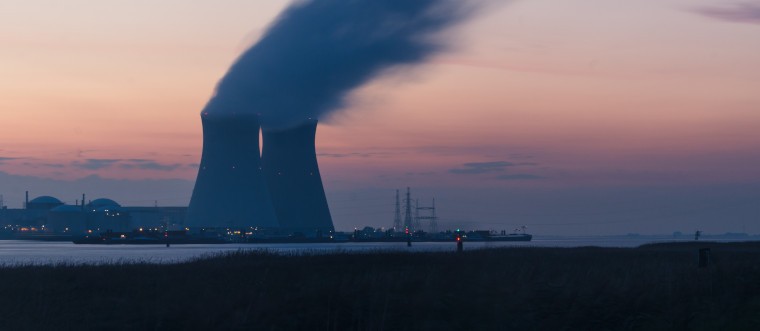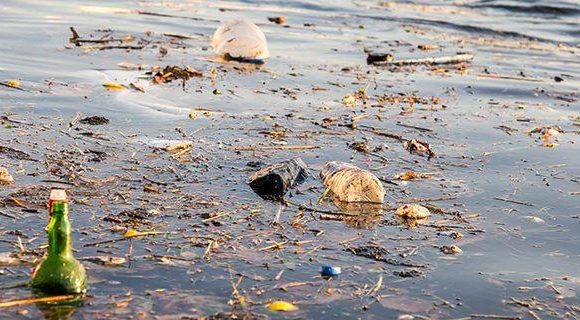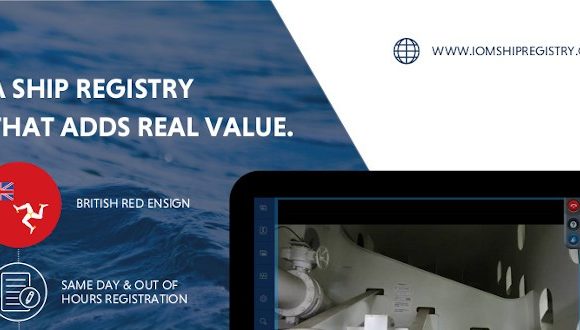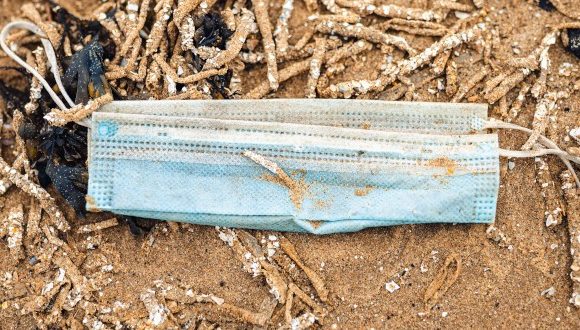How nuclear pollution affects the ocean waters, the environment, and humans

For a very long time, oceans have been polluted by land-based pollutants such as dirt and plastic. While all of these contaminants affect a huge number of marine animals, nothing is more hazardous than nuclear pollutants.
The radiation from Fukushima, for instance, bled into the ocean when the Fukushima Daichi nuclear power plant was damaged during the 2011 earthquake in Japan. What was released are dozens of radioactive elements in large quantities.
Although the radioactive isotopes that were released into the ocean are no longer detectable in the environment, they still pose significant health concerns. Calcium-137, for example, is a direct threat to marine life and has a lifespan of 30 years.
The radioactive materials released will also affect humans, although the level of risk will depend on various factors, including the type of isotopes and the dose a person is exposed to. People who are highly sensitive to these materials will experience significant long-term health impact.
Nuclear pollution, however, is not due to damage to nuclear plants alone. There are many nuclear wastes that originate from the radioactive material used for medical, industrial, and scientific processes.
Where exactly does nuclear waste come from?
- Radioactive by-products as a result of operations done by nuclear power stations. Many nuclear-fuel processing plants produced man-made nuclear wastes that make their way into the ocean.
- If anyone were to trace radioactive materials from plants in the ocean, they will find traces of them as far away as Greenland.
- Certain processes in the field of medicine, science, and other industries that use radioactive materials also produce waste during the nuclear fuel cycle.
- Nuclear waste is also a result of mining and processing thorium and uranium.
The real score behind radioactive waste
Disposal of nuclear waste into the oceans is nothing new.
In fact, the Arctic Ocean, the English Channel, and the Irish Sea have served as dumpsites of low levels of radioactive waste since 1952.
Then, there are the military, nuclear power stations, and reprocessing plants that are some of the major producers of nuclear waste. Due to the rapid growth of the nuclear energy industry, the waste produced also increases every year.
In 2006, the UK alone disposed of nuclear waste that measured 12,900 cubic metres into the ocean. This is equivalent to five Olympic-sized swimming pools.
While many recognise that radioactive material must be encased and isolated to prevent it from leaking into the ocean floor, some are dumped directly into the world’s waters.
How nuclear pollution affects the marine environment in the long-term
It enters the food chain.
The nuclear waste that goes into the ocean can be eaten by plankton and kelp that will, in turn, contaminate fish that feed on them. Humans who eat contaminated marine food will likely experience health problems. This is why fishing is still prohibited within 10 km of the Fukushima Daichi power plant.
The good news is it takes a lot of consumption of radioactive materials for fish to be contaminated. The bad news is that fish are mobile, and some of the contaminated ones may have swam to waters that are considered clean and safe.
Sources
FAQs: Radiation from Fukushima
Nuclear Waste
Radioactive waste
Is nuclear waste disposal a threat to our oceans?















